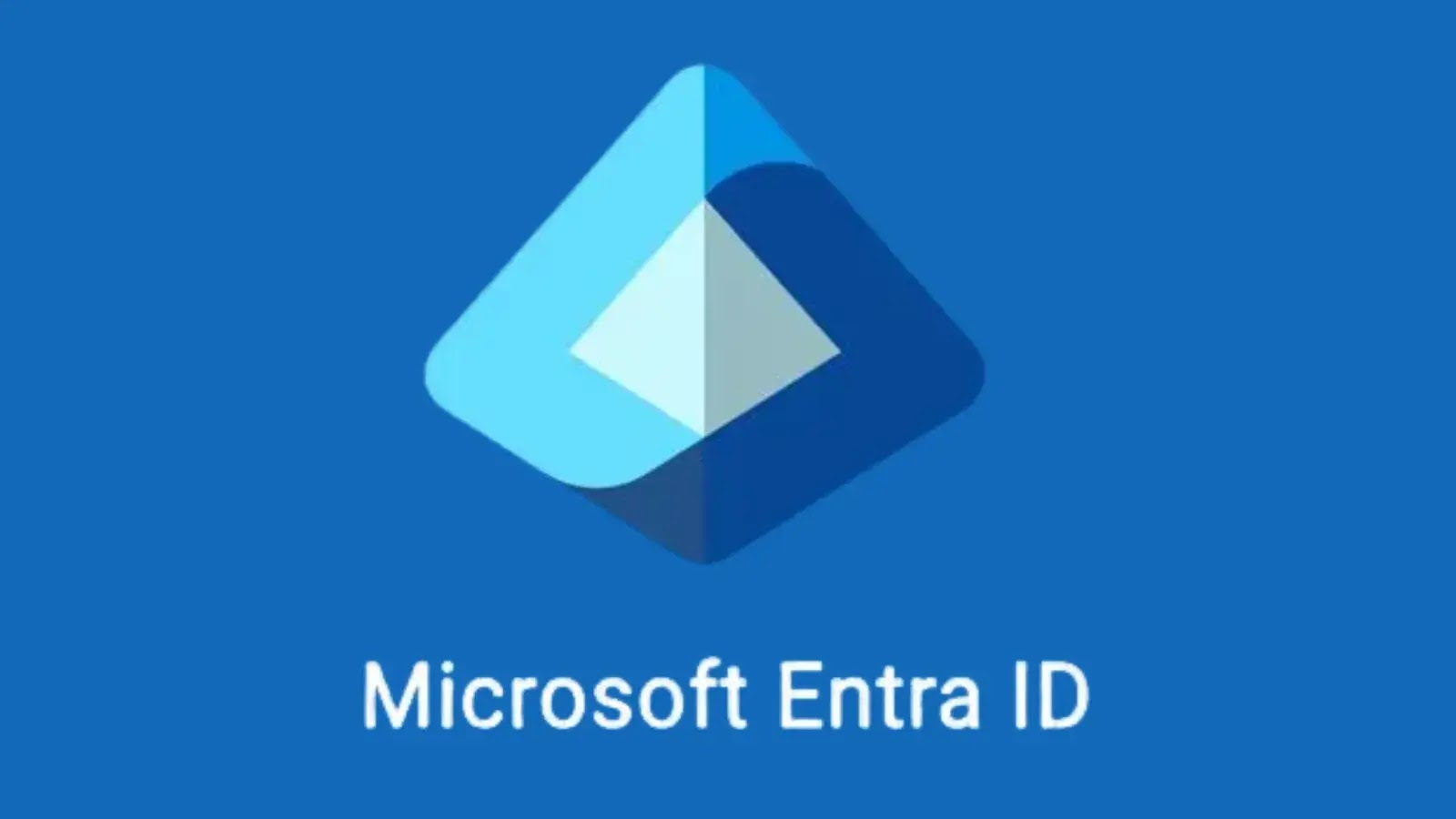APT41, a Chinese-speaking cyberespionage group, has recently expanded its operations into Africa, targeting government IT services with sophisticated attacks. This marks a significant geographical shift for the group, which has previously focused on sectors such as telecommunications, energy, healthcare, and education across 42 countries.
In a recent incident, APT41 demonstrated its evolving tactics by leveraging the Atexec and WmiExec modules from the Impacket penetration testing toolkit. These tools were used to establish persistence and facilitate lateral movement within compromised networks. The attackers embedded hardcoded internal service names, IP addresses, and proxy server configurations directly within their malware, showcasing their adaptability to specific target environments.
Notably, the group compromised a SharePoint server within the victim’s infrastructure, repurposing it as a command and control (C2) center. This tactic highlights APT41’s capability to turn organizational assets against their owners. Analysts identified the threat actor through distinctive tactical patterns and infrastructure similarities with previous APT41 campaigns. The attack’s initial detection came through monitoring systems that identified suspicious WmiExec activity, characterized by a distinctive process chain pattern of `svchost.exe → exe → cmd.exe`.
Following the initial compromise, APT41 operators conducted extensive reconnaissance using built-in Windows utilities to map the target network and identify security solutions. Their reconnaissance phase included systematic enumeration commands, providing comprehensive network and process visibility. The group then escalated privileges by harvesting credentials from critical registry hives and exploited compromised domain accounts with administrative privileges to distribute their toolkit across multiple hosts via the SMB protocol. This methodical approach enabled them to establish persistent access while maintaining operational security throughout their campaign.



